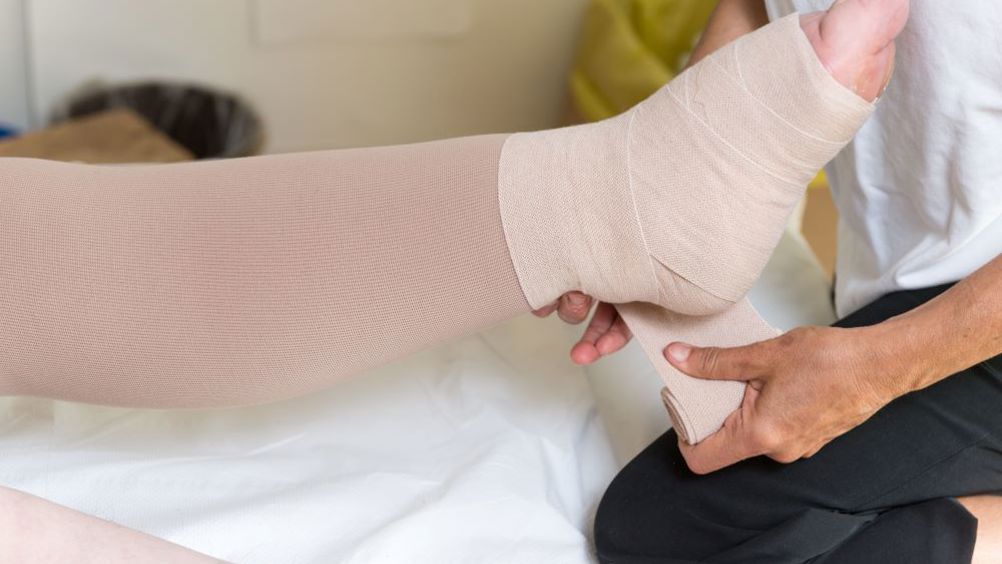References
Lymphoedema in the community

Lymphoedema causes swelling in the tissue of any part of the body over a period of time, worsening as time goes on unless managed well. Maclellan and Greene (2022) describe the swelling of the body tissue to consist of a protein-rich fluid, which can be mostly caused by developmental disruption of the lymphatic system, known as primary lymphoedema, or acquired disruption to the lymphatic system, known as secondary oedema.
The extremities are usually most affected (e.g. the feet, related to acquired vascular problems, or hands/arms related to breast cancer), followed by the genitalia. Maclellan and Greene (2022) describe most cases to be secondary to nematode infection, a condition known as filariasis, or to malignancy or cancer treatment. For example, in a breast cancer patient, the lymph node of the affected side is often removed, therefore disrupting the lymphatic drainage in that part of the body, resulting in swelling of the arm. Usually there is one-sided limb swelling in lymphoedema, though this is painless in most patients. The early stages of the disease are characterized by pitting oedema, whereas in advanced disease, there is likely to be non-pitting oedema. A diagnosis is made on clinical grounds but also confirmed using a scan of the lymphatic system known as a lymphoscintigraphy (Maclellan and Greene, 2022).
Register now to continue reading
Thank you for visiting Community Nursing and reading some of our peer-reviewed resources for district and community nurses. To read more, please register today. You’ll enjoy the following great benefits:
What's included
-
Limited access to clinical or professional articles
-
New content and clinical newsletter updates each month

